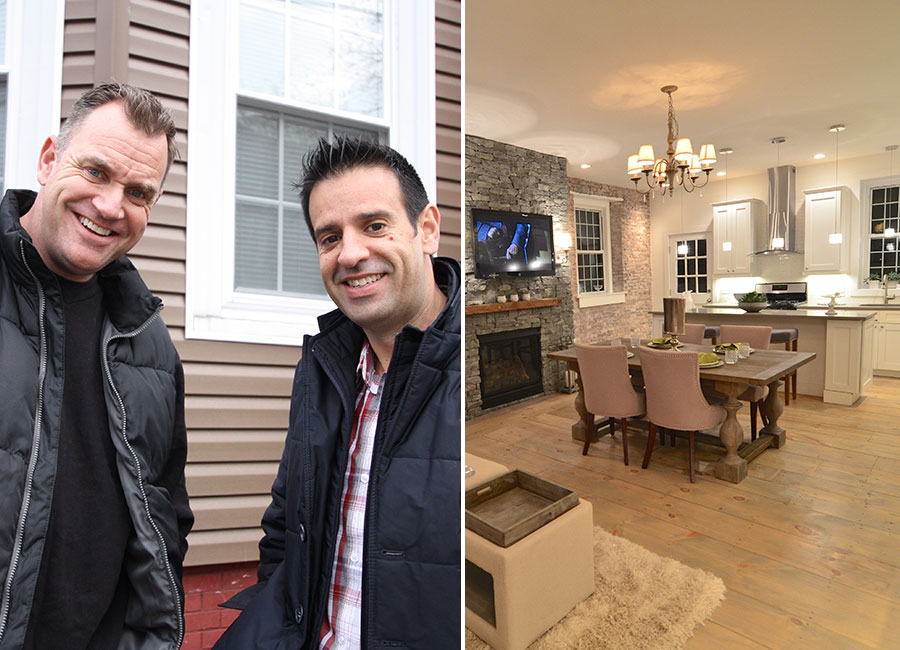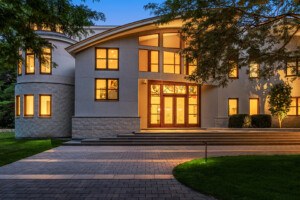The Right Way to Flip a House

From left, Dave Seymour and Peter Souhleris. Photos provided by City Light Homes.
With 29 episodes of A&E’s Flipping Boston behind them, local real estate duo Peter Souhleris and Dave Seymour have garnered beyond-compare tips on the art of finding a deal. While opinions differ on just how lucrative house flipping—buying a run-down property to renovate and sell for a profit—can be, the two use this proven formula to get it right.
Determine the Deal
Start with the end in mind and consider what a given property could actually sell for after the flip. “Just because something is abandoned and run down, doesn’t mean it’s a good value,” says Pete. The two start by surveying three months of sales data for comparable properties within a mile to a two-and-a-half mile radius. Once a probable post-flip listing price is determined, Pete and Dave employ their M.O.F.O formula, which stands for Maximum Offer For Ownership. “We’re looking for the maximum amount we can offer in order for the property to be a deal,” says Dave. In the formula, the pair stars with the post-flip listing price and subtracts their ideal profit (20% to account for the unexpected.) Next, they subtract an allotment for fees like commissions and closing costs, and the cost of construction, which is carefully determined after reviewing bids from multiple contractors.

When all else fails, don’t force a deal, they advise. Offering a price over the M.O.F.O could mean little profit is left after the flip.
Know What to Add
“I’ve made thousands of dollars with a one-gallon bucket of paint,” says Pete, who sticks to earth tones and light grays in the same color family. The two agree that kitchens and baths are important in adding value, and in those spaces, they like to keep things neutral. Beverage coolers and islands with pendant lights are crowd pleasers in the kitchen, as are heated floors in the bathroom. They try to add fireplaces, and sometimes, they’ll carve out an additional bedroom or parking spot. A rule the two always abide by: appeal to the masses and consider psychology. “Buyers want to see themselves in the house—watching football in the living room and spending a Saturday night with a glass of wine,” says Dave.
Develop a System
Develop relationships with contractors and builders who do good work. After a successful flip, return to the same formula and continue to build a network. “Don’t get emotional,” says Pete. “You might love the property, but stick to what needs to be done and don’t go overboard.” Say no to additional landscaping with exotic Japanese flowering trees, and keep the gold-leaf wallpaper for your own master bath.
Stay on Top of Trends
Research home design trends and products, and try to deliver on budget. With the automation of lighting, music, and temperature controls a popular ask from buyers, the two often incorporate a system that’s expandable. “You don’t have to do the whole house, but giving buyers a taste is key,” says Pete.
Do Business the Right Way
The industry has some shady characters who look to cut corners. The two agree: Do business the right way to build a great reputation.
For information, visit City Light Homes, and watch episodes of Flipping Boston on FYI.


